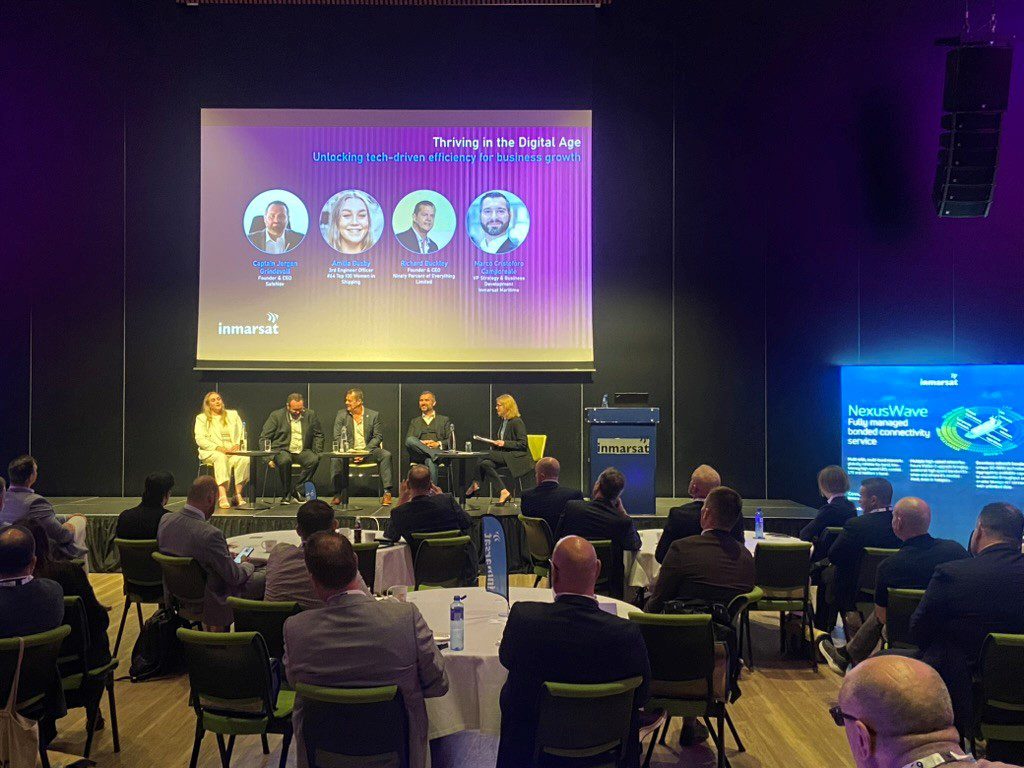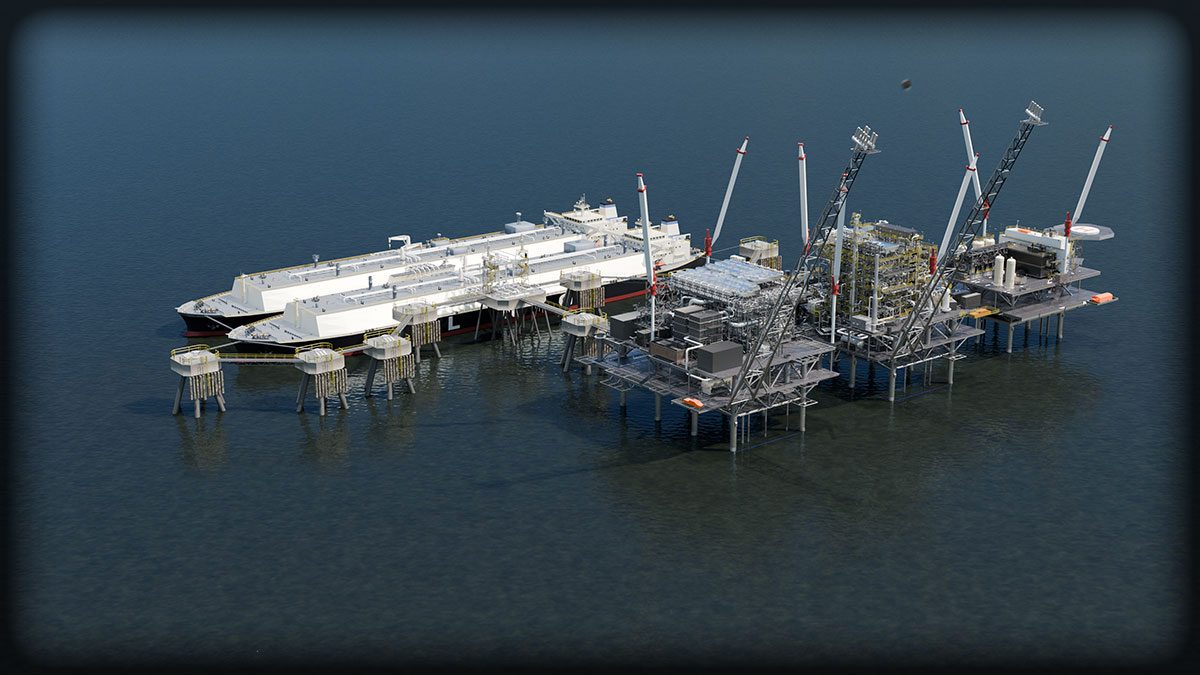Bridging the gap between ship and shore requires investment and bigger and better software solutions, says maritime software provider Dualog.
The industry is more so than ever being faced with the challenge of bringing the ship and shore closer together, and shipping companies are looking at investing into innovative software to bridge this gap.
Meeting the high demand for new software solutions is high on the agenda for Norway-based Dualog, who are looking at how they can meet the ever-increasing needs of shipping companies for bigger and better software solutions.
Morten Lind-Olsen, CEO of Dualog, has set his sights on Poland to resolve the immediate need to increase research and development (R&D) capacity with the creation of a brand new operation in the Polish university city of Krakow.
“During a short period, we have established a force of six people in our new Krakow office, all full-time and, from August, available to input into the ongoing programme to expand our software solutions for the integrated ship,” said the Dualog CEO.
“Over the decades, Norway and Poland have had a strong relationship. We believe there will be benefits from the cultural ties and fit between both countries and there is a lot of competence available. Not only will these excellent people be able to support Dualog’s DNA of Innovations at sea, delivered with passion, but will be able to work locally and at the same time be fully integrated into Dualog’s global operations.
“Five years ago, Dualog created its Innovation Garage initiative, attracting highly skilled developers to Norway. Today the company seeks new directions to draw the right competence and capacity,” he said.
“With our aim to bring ship and shore closer, we will continue to develop software to help ship owners and managers fulfil their digital strategies. The Krakow establishment is another proof of our overall commitment to the market,” said Mr Lind-Olsen.
Dualog says it is committed to the process of bringing the ship and the shore closer together and achieving the integration requires a lot more software, which it has invested heavily in. But why Poland?
According to Mr Lind-Olsen, these guys have the skills, they are university, highly educated and also experienced people: “It’s not like they are rookies; they are experienced in different fields of technology. They cover quite a range of skill sets, technical skill sets, and are a resource pool for our production management. So, while they work out of the Polish office, they’ve also been travelling back and forth to Norway to adapt to the dual role and so far, it has been more than good.”
And while the shipping industry powers ahead deeper into the world of digitalisation, smart technology and innovation, with global players like Elon Musk and his Starlink initiative looking to disrupt ship to shore connectivity, how are the software providers and the app providers able to keep up with the pace of change?
Morten Lind-Olsen again: “The Elon Musks of this world will come faster than anyone could think – that is the connectivity part. The other part, which we are paying more attention to, is getting the ships integrated into the solutions. Every conference I go, wherever I go, the talk is all about decarbonisation; it’s about meeting the greener standards. This just requires a huge focus on, not only the connectivity part, but also integrating and processing the data in an intelligent way.
“So, the ships will become floating offices, but this will take some time, because that demands a skill set. You need to cater for cyber security, so there’s quite a lot of things coming up, but for certain this is the direction of it,” he said.
So, what are the opportunities and the challenges ahead for companies like Dualog? “The challenge is the human part. The technology is there, and the connectivity is also increasing fast, so I think it’s the human understanding of what is happening and what needs to happen. It’s a big change from a Master sailing his ship and reporting back to the office, to considering the ship to be a part of an office environment, so that is probably a generational change that will take some time. That’s the biggest challenge to get people to realise. And of course, they need to invest in competency. Normally ship management is about good cost savings, but you can’t save yourself out of this challenge,” he said.
Tags:

 Join The Club
Join The Club











